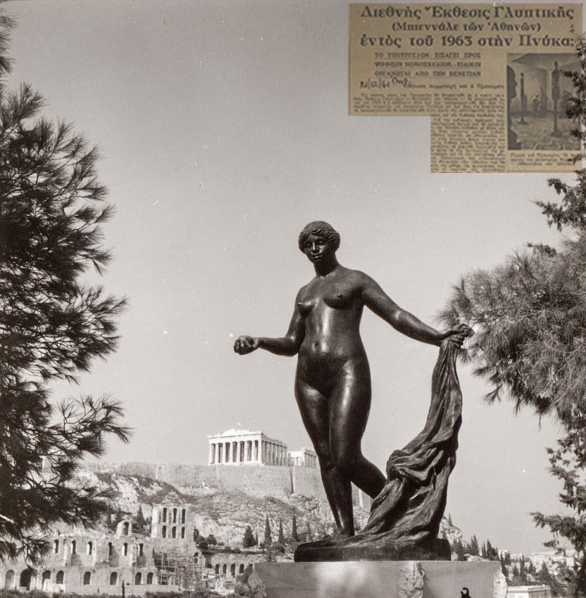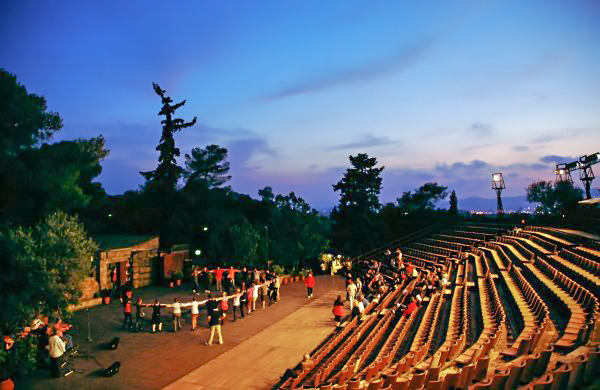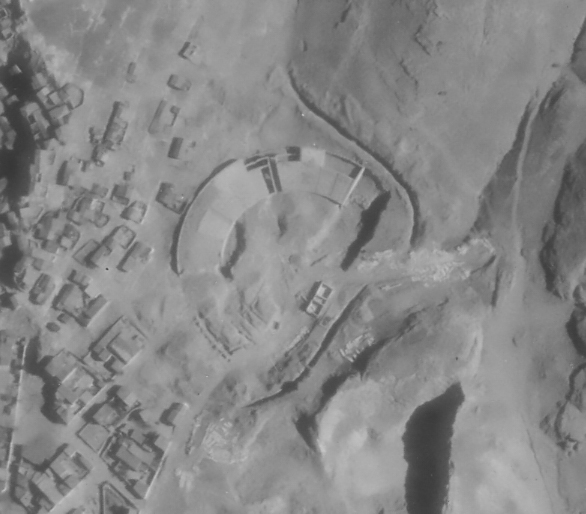December 5, 2018
December 5, 2018
December 5, 2018
December 5, 2018
December 5, 2018
December 5, 2018
December 5, 2018
The first systematic attempt to map the antiquities The great architect and writer Dimitris Pikionis (1887–1968) arranges with unequalled craftsmanship the region around Acropolis, connecting it to the Hills of the Muses (Philopappos) and the Pnyx with cobblestoned streets, […]
December 5, 2018
December 5, 2018
December 5, 2018
The district of “Asyrmatos” amidst the tumultuous Greek Civil War During the “Dekemvriana” (December events), the district of “Asyrmatos” becames scene of conflict between the two combating forces. ELAS is the absolute dominant power in the neighbourhood of Petralona, […]
December 5, 2018











